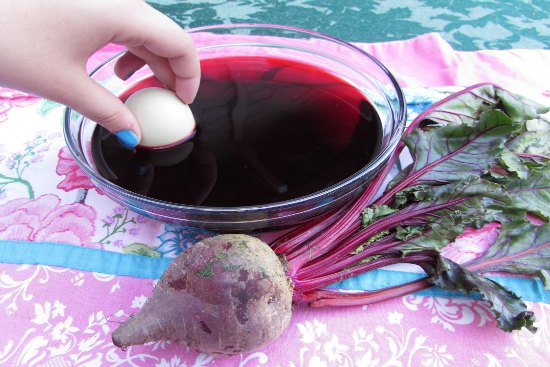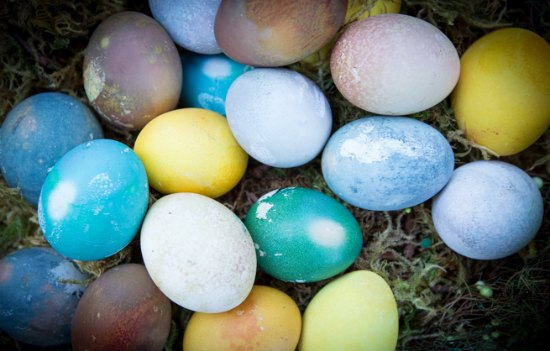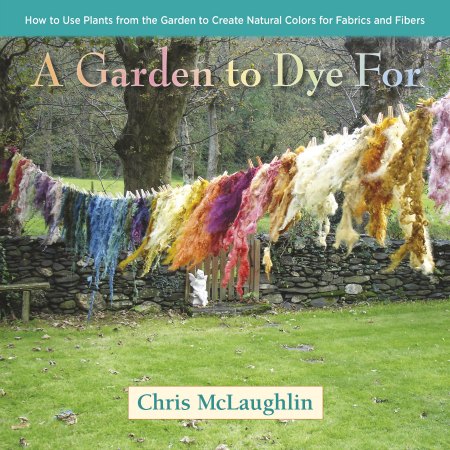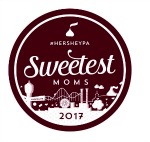Veggie-Dyed Easter Eggs
Easter is just around the corner and that means Easter Egg Hunts. If you are looking for a fun Easter egg project for the whole family, why not try veggie-dyed Easter Eggs using onion skins, berries, turmeric, beets, red cabbage, etc. The colors that veggie-dying creates on eggs is amazing!
From the upcoming A Garden To Dye For by Chris McLaughlin, Easter eggs are usually naturally dyed one of two ways: in a hot bath, which means that the eggs are colored at the same time they’re being hard-boiled; or they can be dyed in a cold bath. The hot bath works faster, but the cold process may be easier if you are dyeing with more colors, because you can make a bunch of dyes up in advance.
HOW TO MAKE VEGGIE DYED EASTER EGGS
What you’ll need:
- Non-reactive dyepots
- Water
- Stove (if you’re using the hot method)
- Glass jars or bowls (for cold method)
- Eggs
- White vinegar
- Dyestuff: onion skins, berries, turmeric, beets, red cabbage, etc.
There are many variations on making natural Easter egg dye, but this is what works for the author.
Hot Dye Method
To make natural dyes (simmer in a pan of water for 15 minutes or so) and then strain out the plant dyestuff so just the liquid remains in the pot. Add eggs to the pot and add water just so the eggs are covered by about 2″ of water. Add 1/8 cup of vinegar, then bring the pot to a boil for 17 – 20 minutes. This method dyes and hard-boils the eggs all at the same time.
Check out other Easter Egg Crafts here!
Cold Dye Method
Make the dyes by simmering in a pot of water for 20 – 25 minutes. Strain off the dyestuff, add 1/8 cup of water, and let the liquid cool in jars. Once the dye is cool, add an already hard-boiled egg to each dye color and leave them there for at least an hour – but for the most impressive colors, leave them in there up to 10 hours.
Caution: If you decide to let your hard-boiled eggs sit in a dye for longer than 2 hours, they need to be refrigerated for health safety. Don’t leave them sitting in the dye container on the counter for hours.
Disclosure: NYC Single Mom was not compensated for this post. Thanks to Chris McLaughlin, author of the soon to release A Garden to Dye For: How to use Plants from the Garden to Create Natural Colors for Fabrics and Fibers (St. Lynn’s Press, 2014) for the recipe How to Make Veggie Dyed Egs.




